Last Updated on
Your hunting cabin – the perfect place to get away, enjoy nature and spend time tracking your chosen hunting game. But when it comes to emergency preparation, can your hunting cabin double as a bug out shelter? In many cases it might be the perfect place to escape to, but this is dependent on many factors. If you have a hunting cabin or you’re considering purchasing one in the future, here’s some food for thought on it serving the secondary purpose of a bug out shelter.
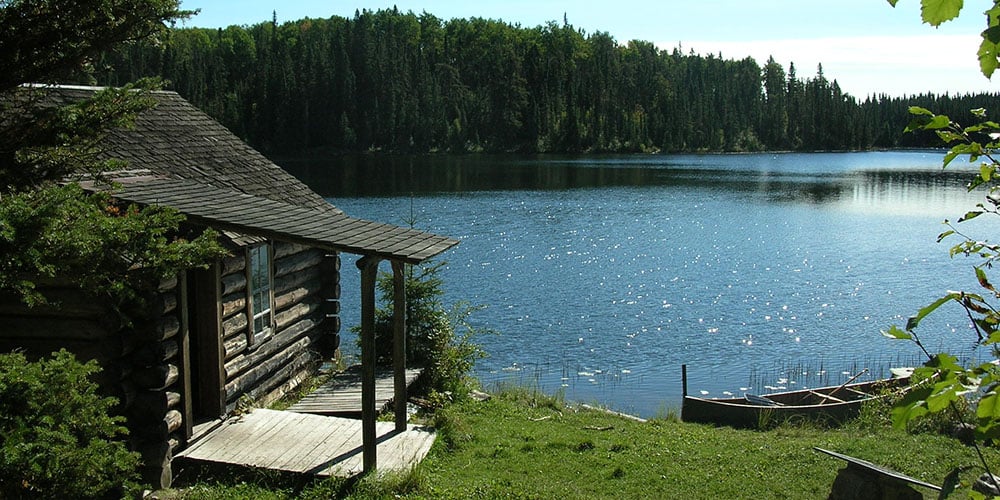
Basic Considerations
There are some initial considerations to ponder before you ever purchase gear or rehab your hunting cabin as a longer-term emergency shelter. Here are several of the most common issues to consider.
1) How close is the cabin to your home?
Your hunting cabin or equivalent structure isn’t going to do you much good as a bug out shelter if it is a four hour drive from your home. The cabin should be a reasonable distance away if it is going to do you any good as a bug out shelter. You should also consider the route taken to the cabin. If it involves significant time on the interstate or a major highway, make sure there is a back route before you establish it as your bug out location. The last place you want to be in an emergency is on a crowded major highway. If your cabin is relatively close and easy to access without encountering a vast amount of traffic, it could work as a bug out shelter.
2) How visible is your cabin?
While you’ll need to be able to access your cabin in a reasonable amount of time, it shouldn’t be highly visible to passing traffic or decently populated areas. This is because you want your bug out cabin to be your emergency location and yours alone. It could spell trouble if many people can see your cabin and seek shelter near it. However, this does not mean that your cabin should not be completely isolated. In some circumstances, a few relatively close neighbors can be a good thing as they’ll provide support in an emergency situation. Good neighbors can also be trading partners if you a short in a particular type of supply. Of course finding good neighbors can be tricky, so exercise caution but keep friendly cooperation in mind. If your cabin isn’t overly exposed, then there is a better chance it will work well as a bug out shelter.
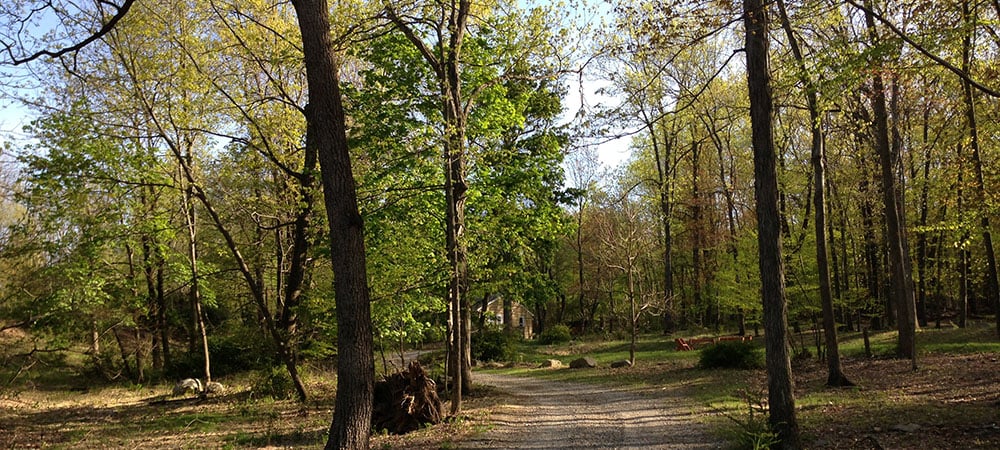
3) Do you share the cabin?
In many circumstances, a hunting cabin is a shared venture between two or more friends. This can be a good thing in some situations and a bad thing in others. This can be very good if there is ample space for everyone in the cabin, even if it is a little tight. That’s because you’ll have more than one person bringing supplies and manpower to the cabin. However, if the cabin only accommodates a few people, it could spell trouble and create animosity between friends if you’re bringing a bunch of people into a cramped cabin. Each situation is different, but this is something you’ll certainly want to consider before moving forward with a bug out cabin renovation.
4) Is the cabin relatively secured and easy to defend?
It’s a sad aspect to consider, but you’ll want a cabin that is easy to secure and especially defend against others. Now concealment will go a long way, but you still might have to fend off less than friendly visitors. Essentially a flimsy, dated cabin won’t work well as a bug out shelter if you can’t keep it secure. For example, a bare-bones cabin that holds little supplies in the off-season might not be the best option for a bug out destination. Naturally a cabin can be secured with renovations and work, but since you’ll likely be on a strict budget, be sure to consider your starting point before you establish it as your go-to location.
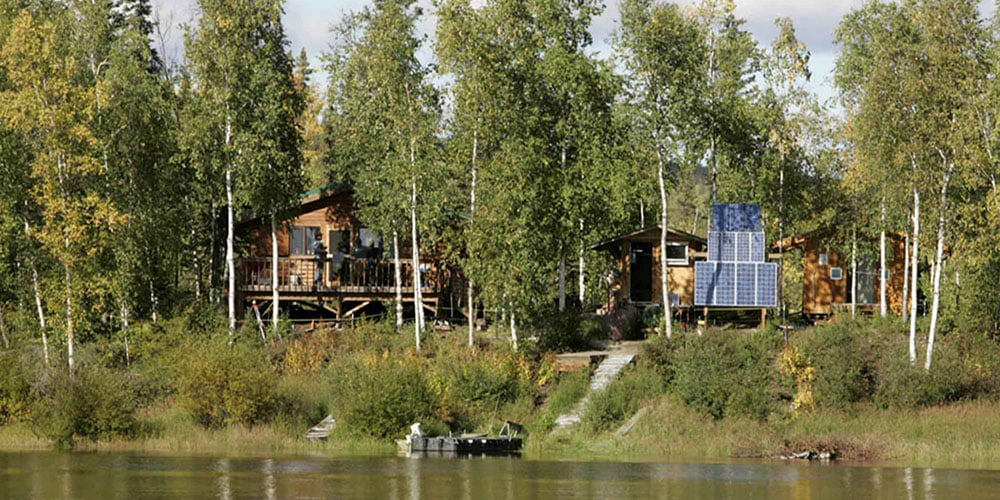
Next Steps / Build Out
If your cabin location and structure checks out as a potential bug out site, then it’s time to evaluate your next steps and build out options. Once again, if these steps seem too expensive or out of line with your budget, then you’ll want to reconsider using your cabin as a bug out situation and instead putting this work into your home.
1) Security
We covered this in some regard above, but security is paramount to any good bug out location for two reasons. The first is an issue that every cabin owner must consider: thieves and vandalism. You can’t be in your hunting cabin all the time, and an isolated location can attract thieves or vandals. This is why you’ll want a secured cabin with robust doors with deadbolts and locked storage areas for your supplies. Now you can go crazy and bolt bars on the windows, but that’s a step not everyone wants to take with their cabin. Instead, you can size some plywood for the windows, and if you ever need an extra level of defense or protection from severe storms, you can put them up rather quickly.
If the windows of the cabin are left exposed, they can serve as a potential entry point for thieves. Usually an insurance policy helps owners feel better about this possibility, but in the event of an emergency, you’ll want to secure your supplies in another way. This is where a reinforced storage space becomes a prudent investment. You can put all your emergency supplies and other gear in this area, and it won’t be accessible just by breaking a window or gaining initial entry to the cabin. Just make sure it is well secured and it would take some significant effort to gain entry to the supplies.
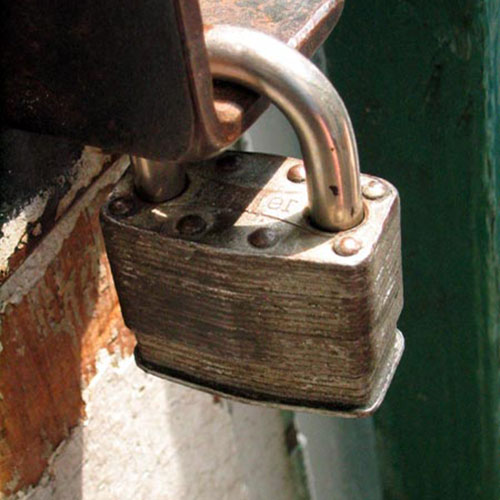
Finally, don’t forget about potential invasion from animals. Smaller pests like rats can wreak havoc on your food stores, and bigger animals like bears can bust up the doors or windows of your cabin in search of food. It’s best to keep food stores well sealed in water tight containers to prevent these critters from smelling them. When it comes to rats and mice, ensure they don’t have any access points into your cabin by creating a good seal all around the cabin.
2) Supplies
In the event of an emergency, you’ll want to gather vital supplies around your house before you head out to your bug out cabin. After all, you can’t store everything at the cabin, and some items are too expensive to have duplicates of like firearms and other advanced gear. For a good representation of what to grab from your house, we recommend our previous articles on bug out bags. The list of gear to bring is essentially the same, and you’ll find uses for almost all this gear in a longer emergency situation. Check out:
Those items aside, here’s a checklist of items to stockpile in the cabin (again, well secured from thieves):
- Canned goods, dried food and other food stores that don’t easily perish.
- Jugs of water – the more the better. The general rule of thumb is one gallon per person per day for at least three days.
- A good set of tools for repair and light construction. Power tools are not a good long term option because the power will likely be out.
- Candles and other light sources that don’t depend on electricity.
- Extra boxes of ammo for your firearms or if skilled equipment and supplies to reload your own rounds.
- A good amount of matches and other fire starting materials.
- Equipment for processing and butchering hunting game to supplement food stores if need be.
- Portable solar panels to power essential electronic devices.
- A quality ax for cutting firewood.
3) Longer Term Options
While the most likely use for a bug out shelter will be a short term escape, there is always the chance that you’ll have to spend a longer amount of time at the shelter. As you continue to prepare and build out your cabin for bug out purposes, you’ll want to turn your attention to these items. Drilling a well for a long term water supply is probably the most important long term preparation you can do for the cabin. After that, a good wood burning stove with proper ventilation will always have a good home in a hunting cabin or bug out cabin, and it will allow you to cook with a reliable fuel source. Next, a good collection of heirloom seeds and a plan on where to plant them will help with a long term food plan. Make sure to do your research on what plants grow well in your region of the country. Finally, don’t forget to keep your wood stockpile stocked when you have the free time.
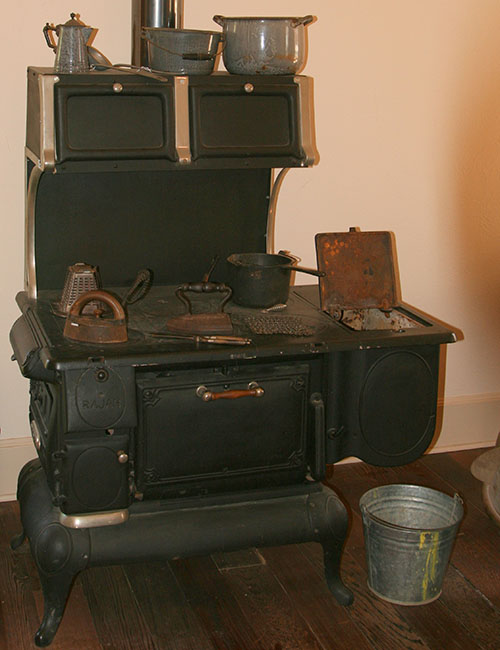
Final Thoughts
While not for everyone, those who already have a hunting cabin, or even just a recreational cabin, may be able to use it as a bug out location without a unreasonable amount of build out and expenses. Remember that building a bug out cabin is just as much about enjoying the process and enriching your hunting cabin for each season. But it’s nice to know that if you ever need it, the cabin is ready for an emergency.
Do you have a differing opinion or other tips on how to build a bug out shelter? Share them with us below.
Image one and thumb, two, three, four and five courtesy of Wikimedia Commons.
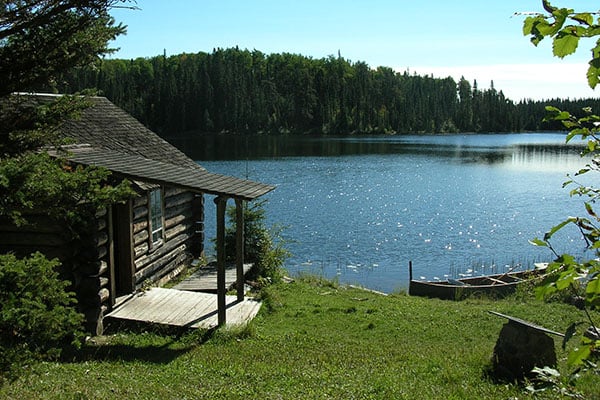
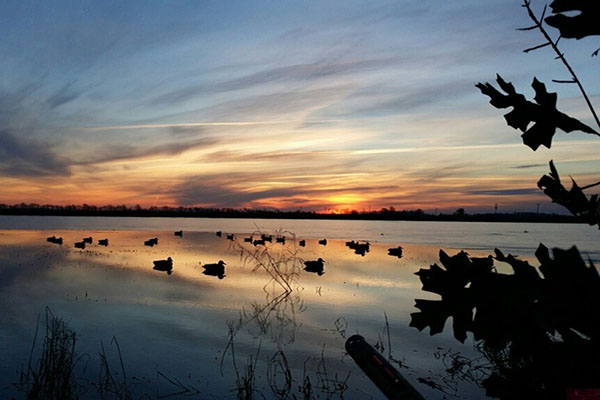
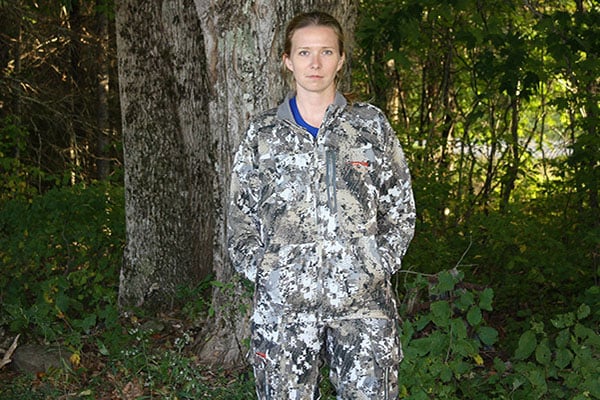

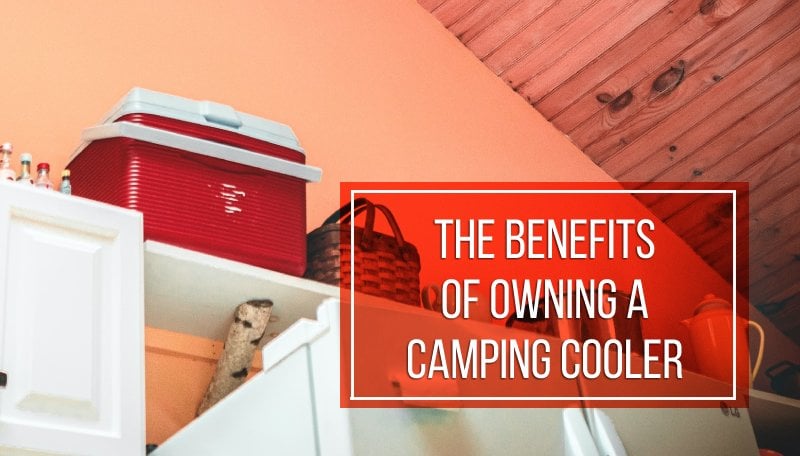



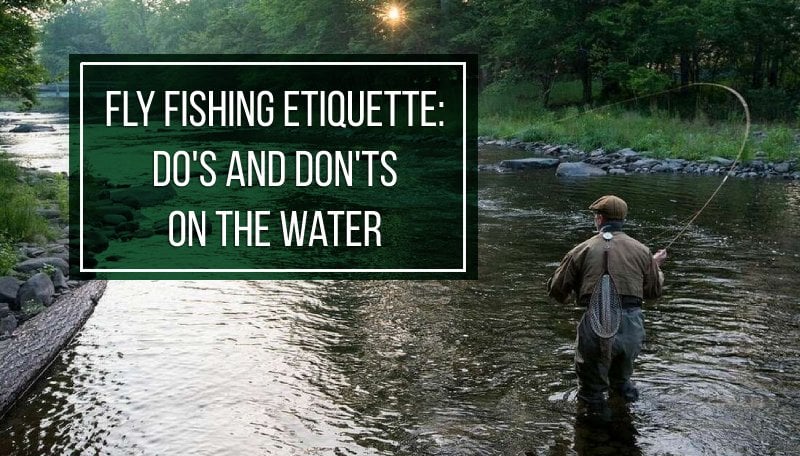



0 comments